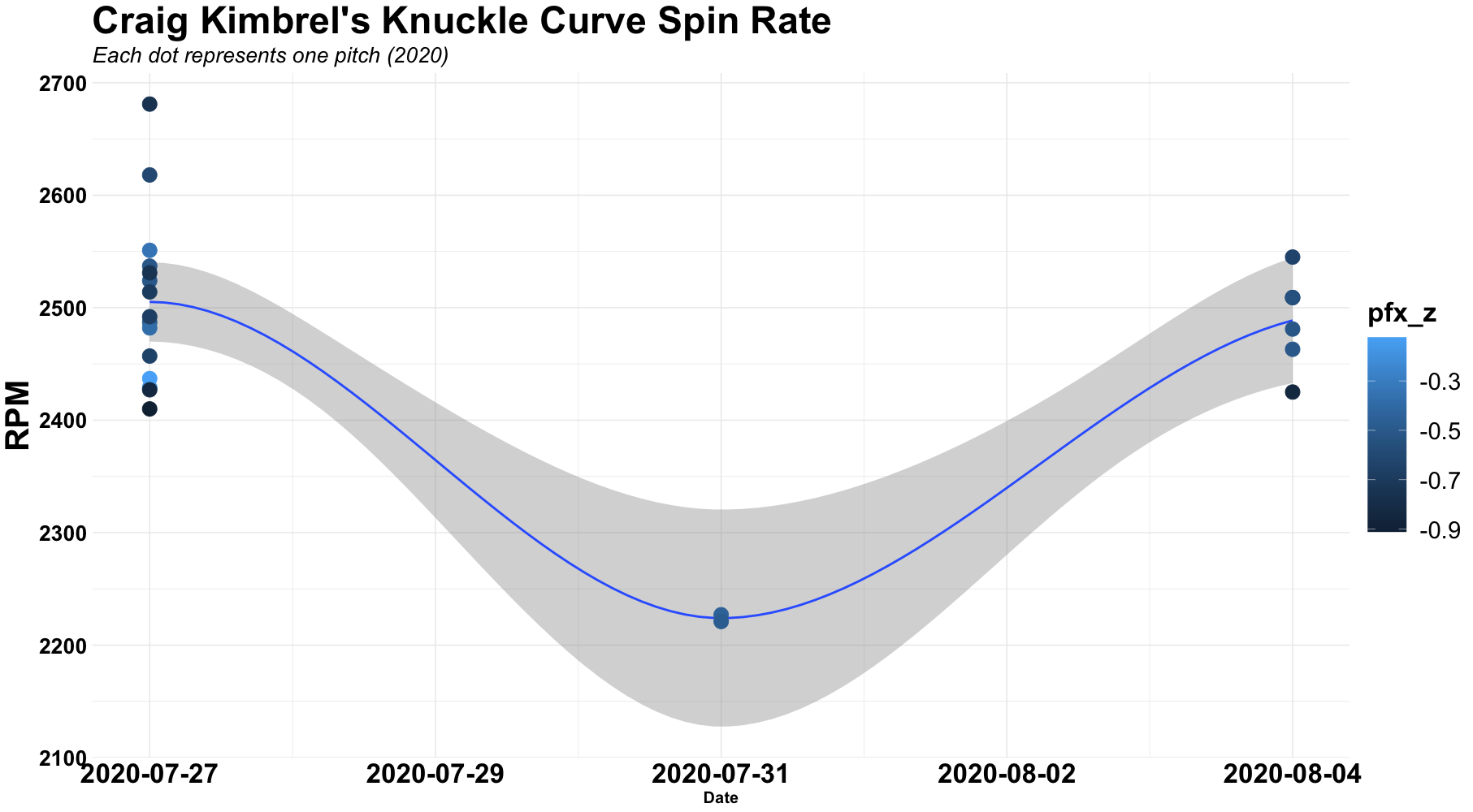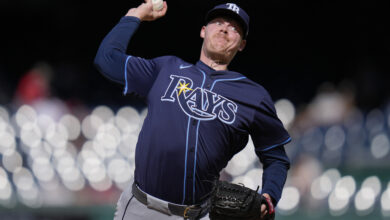
Cubs Stats to Monitor: Front Office Admits Publicly That Craig Kimbrel’s Mechanics Are ‘Out of Whack’
We’re not even two weeks into the season and this is already the third edition of this series that’s been devoted to Craig Kimbrel. Not coincidentally, it comes after his third appearance of 2020, the first two of which showed us noticeably lower release points. But now it’s not just blogs or social-media sleuths pointing out the closer’s issues.
“I think everyone’s kind of zeroed in on a couple mechanical issues that he’s been having,” Theo Epstein told reporters Tuesday. “Sometimes it takes failing the course of a few games to be able to really see it and tackle it head-on and make the adjustments, especially someone who’s had so much success.”
David Ross avoided specifics but intimated that Kimbrel is being a little more obvious in showing hitters his pitches. The manager said he thought comfort and confidence would go a long way toward correcting the issues. Jed Hoyer echoed those thoughts while remaining equally coy about the nature of the trouble.
“Right now, he’s obviously mechanically out of whack, and the shape of his pitches are not what they normally are,” Hoyer explained. “Part of what has made him elite are the distinct qualities of his fastball and his breaking ball, and those aren’t there right now because he’s mechanically out of whack.
But what does “out of whack” actually mean? The problem with Kimbrel’s mechanics can be illustrated by one specific observation: His vertical release point has been lower in 2020, which has coincided with a lower overall spin rate and “flatter” curveballs.
Kimbrel’s spin rate was exceptionally low in his second outing, when he nearly blew a 4-0 lead to the Pirates. But in his most recent appearance against the Royals, his spin rate jumped back up to the range displayed in his season debut.
You can see this illustrated in the figure below (color illustrates vertical break; the more negative break is greater break).

However, Kimbrel’s overall 2020 spin rate is still lower than in the past. His release point remains lower as well. The colored dots below represent pitches thrown with a vertical particular release point. Notice how there are many navy dots after the 2020 marker, indicating his release point has been relatively lower this season.

Is Kimbrel’s lower vertical release point to blame for his lower spin rate and flatter curveball? Perhaps, but we may never truly know. A lower vertical release point could simply be a consequence of some other mechanical issue that Statcast data doesn’t capture.
Perhaps Ross and pitching coach Tommy Hottovy will be able pinpoint that underlying mechanical flaw and help Kimbrel get back to being an elite stopper.

